Born on January 27th 1832 Charles Lutwidge Dodgson or Lewis Carroll as we know him was the author who created one of the most vivid and imaginative fantasy lands in literature.
With vanishing cats, shisha loving caterpillars and tardy rabbits there is bound to be a plethora of theories about his most famous novel and here we’ve put together 10 theories and facts about his most famous book Alice’s Adventures in Wonderland.
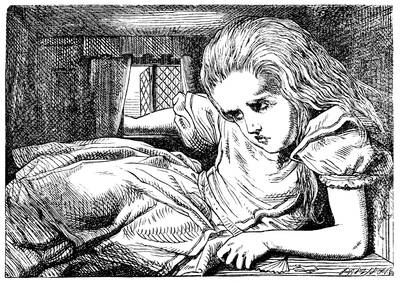
There is a disease that took its name from the book: Alice In Wonderland syndrome (AWS), is a disease where sufferers perceive parts of their body to be changing size.
Since first being published, Alice’s Adventures In Wonderland has never been out of print and has been translated into nearly 200 languages.
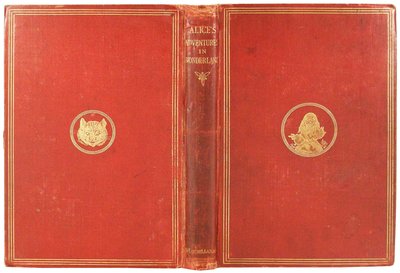

Lewis Carroll’s personal copy of Alice’s Adventures in Wonderland – one of only six original 1865 editions known to exist (they were considered substandard and taken elsewhere to be printed in December of 1865 but carrying an 1866 date)– was sold for a record $1.54 million in 1998.
The book has often been interpreted as making references to drug abuse, with Alice drinking potions, eating mushrooms and hallucinating which is comparable to if she were on LSD, all while the world around her changes frighteningly and her mood and perceptions are hugely altered.
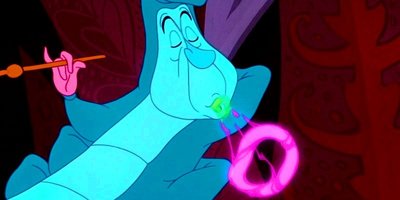
Psychoanalytical critics prefer to see the book as being a metaphor for pregnancy and childbirth, with conception being represented by Alice travelling down the rabbit hole , pregnancy – an uncontrollable growth in a confined space. This next one is a little more tenuous perhaps; drinking potions representing the amniotic fluid and finally, escaping to explore the strange new world placed before her being a metaphor for birth itself.
The Cheshire Cat’s tree? Apparently it’s a real tree and it stands in the garden behind Alice’s home at Christ Church College, Oxford.
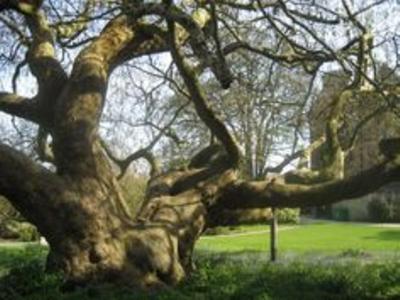
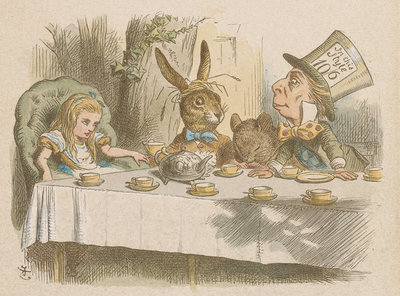
A shortened version of Alice’s Adventures in Wonderland was released in 1890, aimed at children aged “from nought to five”. It includes 20 of John Tenniel’s original illustrations that were coloured, enlarged and in some cases revised.
In 1931 China banned both Alice books stating that ‘animals should not be able to talk’

Queen Victoria was so enamoured with Alice’s Adventures that she gently suggested that Lewis dedicate his next book to her; which of course he did. An Elementary Treatise on Determinants, With Their Application to Simultaneous Linear Equations and Algebraic Equations Ouch, I doubt that was what she had in mind.
Mock Turtle Soup? Oh yes it’s a real thing; very popular in Victorian times Mock Turtle soup was a cheaper alternative to Green Turtle soup and was made using calves heads, hooves and various other delightful bits and pieces.
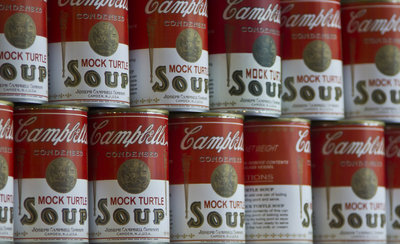
There you are, consider yourselves experts in the subject of Alice’s Adventures in Wonderland.
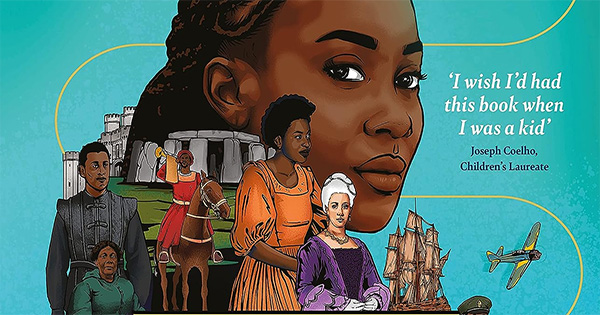
New Children’s Book Reveals the Black History of the UK
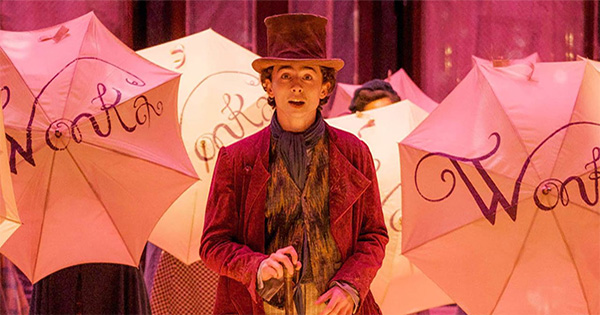
Roald Dahl Estate Announces ‘Wonka’ Tie-in Novel

Harry Potter Book Purchased for 30p Sells for £10,500
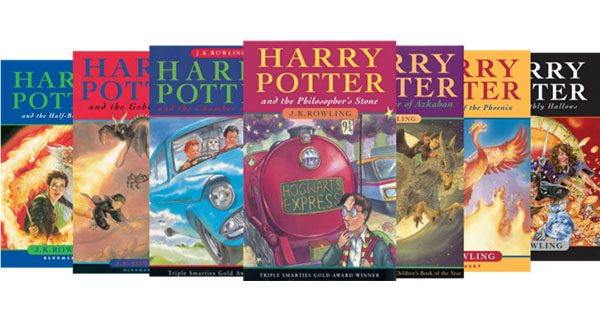
Harry Potter Books to be made into new TV series
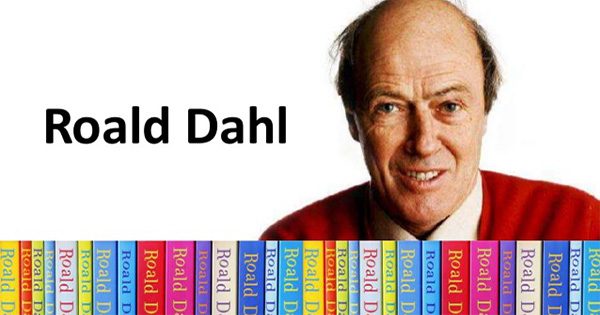


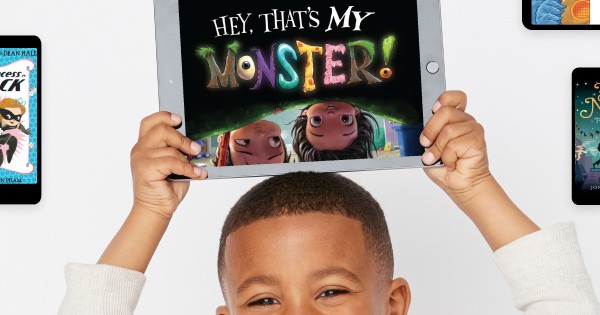
LSD was first synthesized roughly 70 years after the book came out.
I suggest Martin Gardener’s book, ‘The Annotated Alice”. Like Shakespeare’s plays, most of Alice is political commentary. Disguised in a fantasy story to keep 3 young girls attention on an outing.